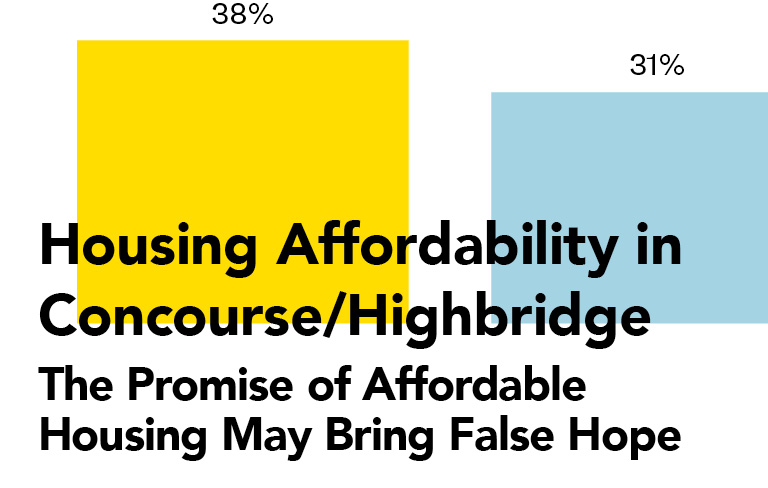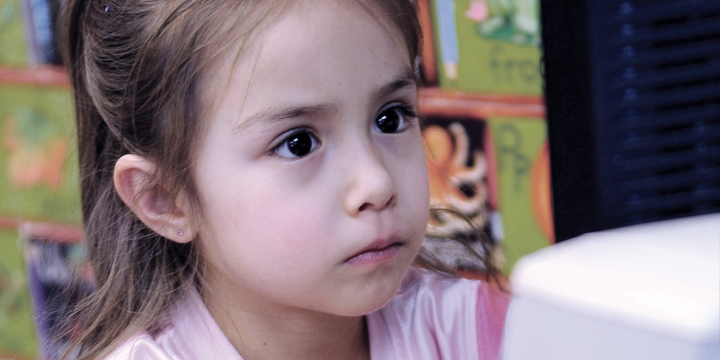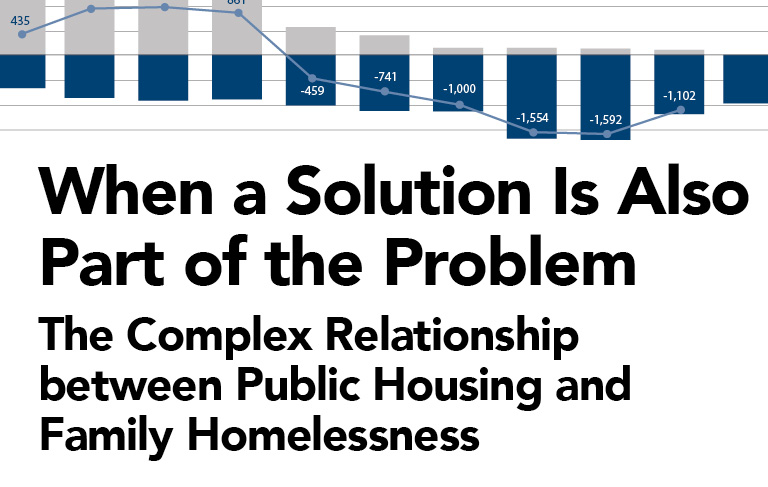This policy research commentary examines rapid re-housing where the rubber hits the road, recounting experiences in cities and communities across the nation and taking a closer look at where it works and where it does not. …
In the Trenches: How Communities Are Faring in the Era of Rapid Re-Housing











